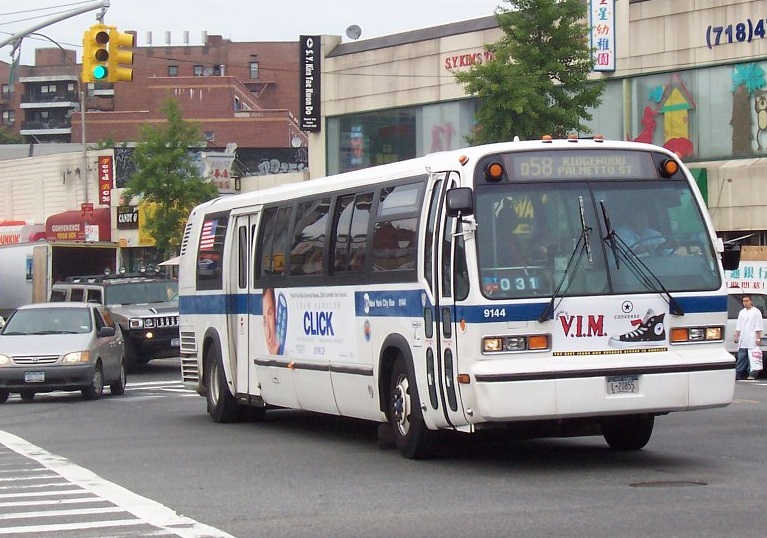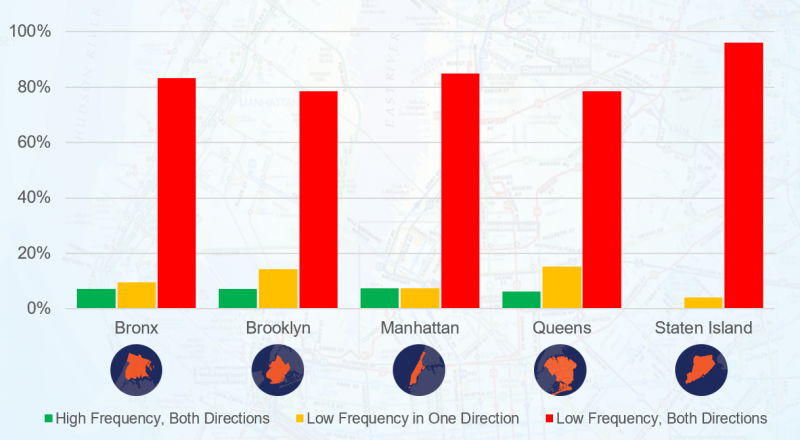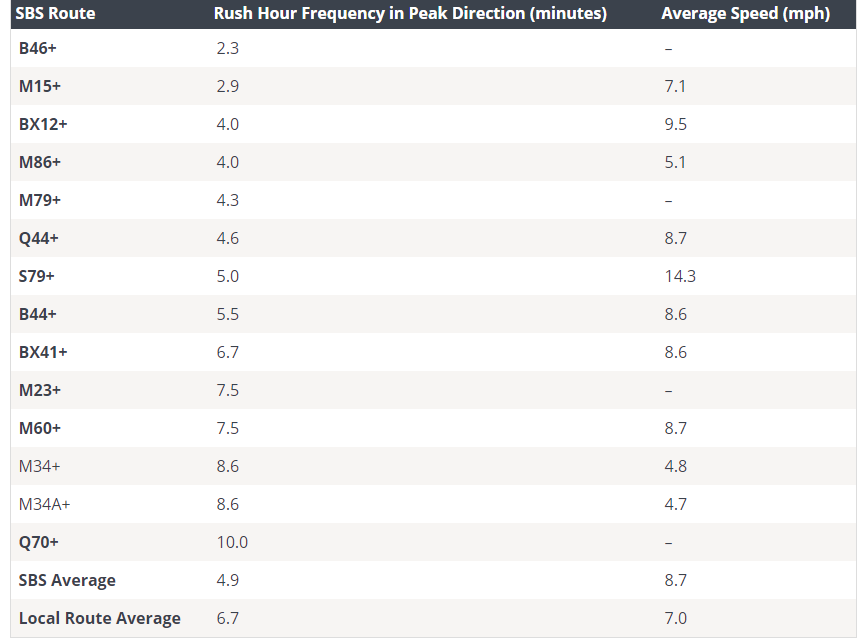City Comptroller Scott Stringer released a study analyzing the city bus service and is arguing that major changes need to be implemented to make the system more reliable.
The report, titled “The Other Transit Crisis: How to Improve the NYC Bus System,” found that bus ridership has lost 100 million passengers in the last eight years. The average bus in the city’s system travels slower than buses in the 17 largest bus companies in the country, with an average speed of 7.4 miles per hour on local, express and SBS routes.
The bus service in Queens fared slightly better than the service in Manhattan, Brooklyn and the Bronx with average speeds of 8.1 miles per hour. Ridership in Queens also rose by 1 percent from 2011 through 2016.
Employment growth within Queens, Brooklyn, the Bronx and Staten Island has risen by double digits since 2006 but Manhattan only saw a 5 percent increase in growth since then. Many residents are also commuting within their home borough or to another borough that isn’t Manhattan, making reliable bus service even more imperative.
Queens saw a 34 percent employment growth between 2006 and 2016, but in neighborhoods with plenty of job opportunities, the bus service was infrequent.
For example, in College Point where there are 13,851 jobs according to the Census Bureau, only one of seven bus routes had high frequency service going both ways. Four routes were considered low frequency traveling both ways and two routes were considered high frequency traveling in one direction.
Evening service in neighborhoods with a high concentration of healthcare, retail, food services and hospitality is also lacking, the report found. In neighborhoods like Forest Hills and Glen Oaks, where half the jobs are in industries requiring staff seven days a week and 24 hours a day, bus service plummets by more than 60 percent between rush hour in the morning and the evening.
Select Bus Service, which was implemented in 2008 to address some of the issues with service including slow speeds and inefficient routes, “has introduced effective, replicable innovations” that should be implemented system-wide, the report found.
But the report also says that implementation has not been reliable and that there are design flaws. Five of the nine routes implemented before 2016 lost ridership after they were turned into SBS routes. Ridership also decreased by 0.2 percent on all nine lines.
The Q44, which was implemented in 2015 and runs through Jamaica, saw a 2 percent decrease from 28,139 riders in 2015 to 27,712 riders in 2016.
The frequency and speed of SBS buses also does not differ much from buses that follow local routes. SBS buses arrive every 4.9 minutes during rush hour while local buses arrive every 6.7 minutes. While the average speed of an SBS bus is 8.7 miles per hour, a local bus travels 7 miles per hour on average.
One of the design flaws, according to the report, is the distance between bus stops. The MTA Bus Company guidelines outline a spacing interval of 750 feet between each stop. On 10 routes, bus stops are located more than 1,200 feet apart, which is problematic for seniors and riders with disabilities.
The Q10 (1,362 feet), Q35 (1,641 feet) and Q100 (3,560 feet) rank among the routes with the highest distance between each stop.
Bus routes with the shortest average distance between stops also have slow and unreliable service. Seven of the nine bus routes with less than 650 feet between stops saw a decrease in riders between 2011 and 2016. The comptroller suggested that the MTA conduct a “top-to-bottom review” of spacing across all of its bus routes. In total, the report made 19 recommendations to improve the service.
Gloria Chin, a spokesperson for the Department of Transportation, pointed to the mayor’s announcement that the city would add 21 new SBS routes within the next 10 years. There are a total of 15 SBS routes so far, with the latest one implemented along Woodhaven and Cross Bay Boulevards in Queens.
Chin also said the city has worked to create new dedicated bus lanes in highly trafficked corridors in neighborhoods such as downtown Flushing. She added that while the city was “grateful to get the support for all these efforts,” some of the recommendations he made will require his “active assistance.”
“For example, given his support for dedicated bus lanes, we look forward to working with Comptroller Stringer to advance state legislation for additional bus-lane cameras among his former colleagues in the state legislature,” she said. “The new bus shelters that he recommends will also require that we modify existing contracts and make new city expenditures — and so we will appreciate the comptroller’s support in expediting those changes.”
Officials for the MTA argued that “the bus network has never been more dynamic than it is now.” They also said that outer-borough ridership has transferred to subways due to “new populations that are increasingly traveling to Manhattan for work and leisure” using the subway.
“The bus system and our riders are the victims of a crisis,” said MTA Chairman Joe Lhota in a statement. “Traffic congestion and New York City’s consistent inability to manage traffic flow and enforce existing traffic laws on its streets is killing our bus service and hurting bus riders. The proper and progressive way to deal with the scourge of traffic is for everyone to support a responsible congestion pricing plan. Traffic congestion is keeping the most reliable and advanced bus fleet in recent history from moving as efficiently as it can and should.”




































